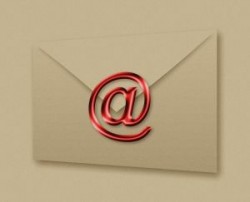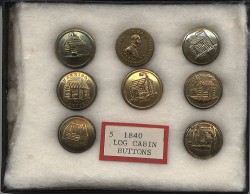Improving your email newsletter doesn’t have to require a major overhaul.
Sometimes, tweaking a few small things can make a big difference in the results you get.
The important thing is to make your newsletter easier to read, more interesting, and less overwhelming.
Keep it simple
Cut the content and the clutter. Many email newsletters try to cover every single thing the company has done since the last newsletter (up to an entire month’s worth!).
The trouble is that five or six articles can be overwhelming and intimidating. Rather than throw in everything you can think of, reduce the newsletter to one featured article and two smaller, shorter ones.
Break up the content
Big blocks of text are hard to read online. They’re even harder to read on cell phones, and since more and more traffic is mobile these days you need to keep that in mind when you create your newsletters.
Check to see how many people are reading your newsletter on mobile. If it’s a large percentage, make sure your newsletter is formatted in a why that’s easy to read on phones.
Break up your paragraphs into bite-sized pieces. In a text-only message, highlight headlines or breaks with asterisks or dashes.
Test the subject lines
If your list is big enough, try testing subject lines. Send out a small sample with two different headlines and see which has a higher open rate (how many people opened your email) and click through rate ((how many people clicked on one of the links in your message).
Check your stats
Turn on link tracking in AWeber (or whatever email service you use) to see which emails are the most popular. Track the open rate , click through rate, and click rates for each link.
Which links convert the best? The first one? The last? And which wording did best?
Image thanks to ilco





